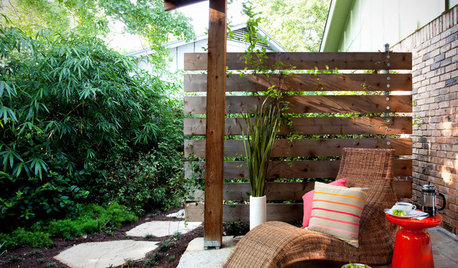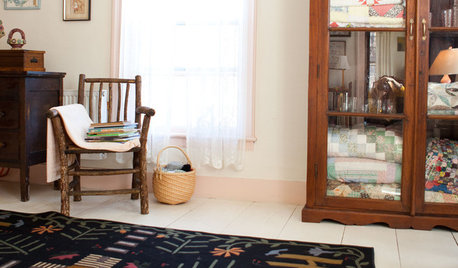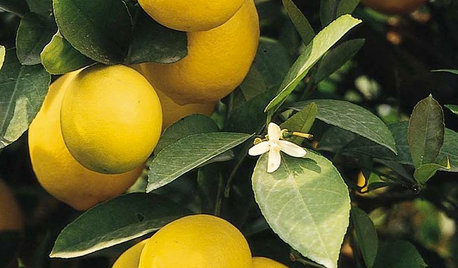adding nitrogen to compost pile in winter
kokopellifivea
8 years ago
Featured Answer
Sort by:Oldest
Comments (8)
kimmq
8 years agoLoneJack Zn 6a, KC
8 years agolast modified: 8 years agoRelated Professionals
Leawood Landscape Architects & Landscape Designers · Saint Louis Park Landscape Architects & Landscape Designers · College Park Landscape Contractors · Kettering Landscape Contractors · Lyndhurst Landscape Contractors · Riverhead Landscape Contractors · San Benito Landscape Contractors · Tigard Landscape Contractors · Weslaco Landscape Contractors · Quartz Hill Landscape Contractors · Fredericksburg Decks, Patios & Outdoor Enclosures · Dayton Decks, Patios & Outdoor Enclosures · Lockport Decks, Patios & Outdoor Enclosures · Los Alamitos Decks, Patios & Outdoor Enclosures · Salt Lake City Decks, Patios & Outdoor Enclosuresrayzone7
8 years agokokopellifivea
8 years agoLoneJack Zn 6a, KC
8 years agolast modified: 8 years agokokopellifivea
8 years agotoxcrusadr
8 years ago
Related Stories

GARDENING GUIDESGet on a Composting Kick (Hello, Free Fertilizer!)
Quit shelling out for pricey substitutes that aren’t even as good. Here’s how to give your soil the best while lightening your trash load
Full Story
GARDENING GUIDESGarden Myths to Debunk as You Dig This Fall and Rest Over Winter
Termites hate wood mulch, don’t amend soil for trees, avoid gravel in planters — and more nuggets of garden wisdom
Full Story
LANDSCAPE DESIGNThe Best Winter Garden Project? Plan for Next Year
Consider these 9 ideas now for a highly personal, truly enjoyable garden come spring
Full Story
GARDENING GUIDES5 Prairie Wildflowers That Can Heal Your Soil
Get free, organic soil fertilizer with nitrogen-pumping plants that draw pollinators too
Full Story
GARDENING GUIDESHouzz TV: Make a Worm Bin for Rich Soil and Happy Plants
A worm-powered compost bin that can fit under a sink turns food scraps into a powerful amendment for your garden. Here’s how to make one
Full Story
THE HARDWORKING HOMEClever Ways to Rethink the Linen Closet
The Hardworking Home: Get rid of those toppling piles with these ideas for organizing bedding, towels and more
Full Story
HOUSEPLANTS8 Essentials for Healthy Indoor Plants
Houseplants add so much to our homes — and can thrive when grown in the right conditions. Keep these tips in mind
Full Story
WINTER GARDENING6 Reasons I’m Not Looking Forward to Spring
Not kicking up your heels anticipating rushes of spring color and garden catalogs? You’re not alone
Full Story
CALIFORNIA GARDENINGCalifornia Gardener's February Checklist
Celebrate 5 California classics: plants that defy winter with bright flowers, luscious fragrance and, for some, delicious taste
Full Story
HOUSEKEEPING10 Chores You Can Whip Through During Commercials
Use ad time for getting tasks done, and it’s like fast-forwarding your house into cleanliness
Full Story







viper114